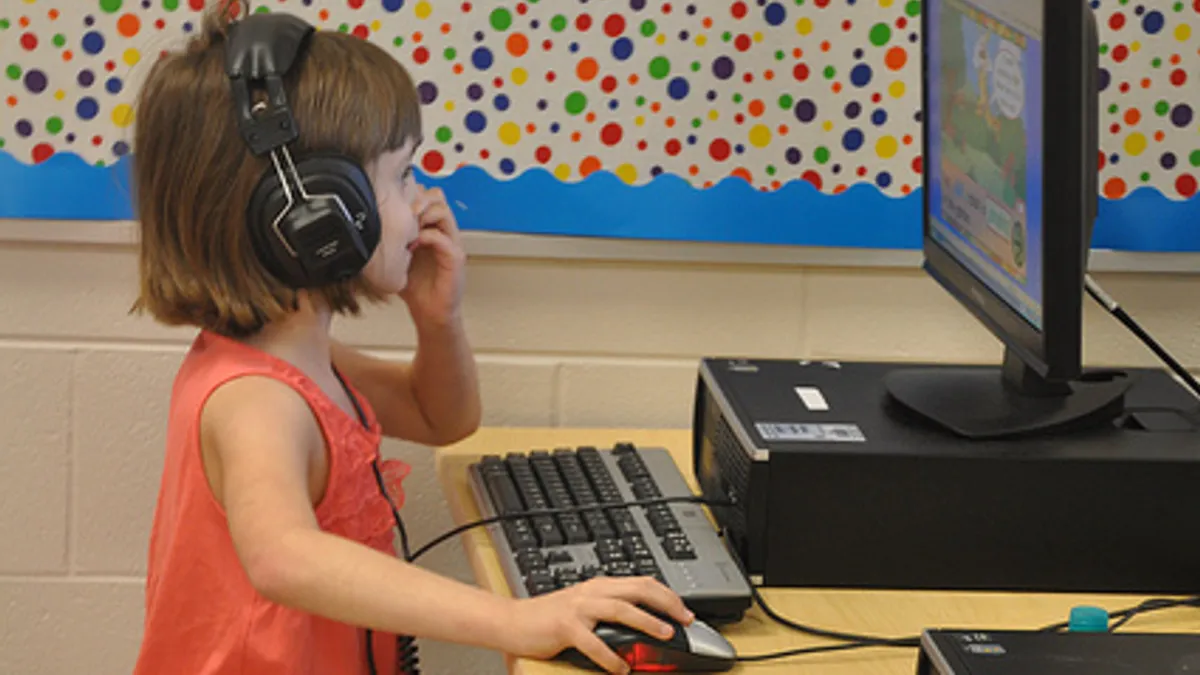One of the benefits of technology is the access it provides those in the classroom. There is now access to data on students before they ever enter classrooms, to curriculums from multiple companies, to stellar lesson plans, and to in-depth videos, articles, and photo galleries on numerous subjects. These resources can be used to take students on "virtual" field trips from the comfort of the classroom. For schools facing tight budgets, or just not feasibly close enough to a location of interest, these trips are valuable opportunities to expand students' horizons.
Let's check out some of our favorite trips that can be incorporated into curriculum for the upcoming school year.
1. Global Trek
A Scholastic product, Global Trek allows curious students to "book" fake trips anywhere on the globe. After picking their travel dates and selecting their itinerary, students get the opportunity to learn more about their "destination." For example, if they selected India, they would have the opportunity to read about tensions in South Asia and issues like child labor, as well as passages about life as a child in that nation.
This program is great because it provides students an understanding of different cultures and bigger issues impacting the world. Global Trek also helps students grasp today's heavily connected global society. An additional benefit of the site is that it has a "journaling" section where students can essentially create diary entries about what they've learned from their reading.
2. Inside the White House
This site allows students to not only explore actual rooms, decorations, and art within the White House, but learn about history and our government. Exploring the White House has multiple uses, especially when it comes to engaging students with multiple interests. For example, the architecture and design side of the tour can attract students who are more into visuals. The site also has a number of videos for students to watch, such as a behind the scenes view of the 2012 State of the Union address, a look at the various pens that presidents use, an inside look at the situation room, and more.
3. Colonial Williamsburg
Williamsburg has had the "field trip" thing on lockdown for quite some time. The former settlement has been in re-enactment mode for years, becoming a tourist destination for families and schools hoping to learn more about pre-Revolutionary War America. Can't make it to Virginia? No worries — the "museum" has created many electronic field trip opportunities centered around the town. From webcam footage that allows one to feel almost as if they are there to an entire "Kid Zone" filled with colonial-themed coloring books and merchant match-ups, the site has activities for every age group.
4. National Park Foundation
The National Park Foundation's website allows users to explore its more than 400 parks. As the website puts into perspective, that's "84 million acres of iconic, treasured and sacred places protected in America's National Parks." This is a great site for science teachers dealing with ecosystems or for elementary science classes. Park tips, facts, videos, and photos are all available on the site.
5. Google Lit Trips
Definitely one of the most creative of the virtual field trips, Google Lit Trips allows users to track the fictional journeys of beloved literary characters. In addition to a brief bio of the book being read, Google Lit Trips allows users to download free Google maps that stop at all of the locations mentioned in a novel. The site is divided by grade level, allowing educators to search for books at the level they teach. This is an excellent resource for English Language Arts teachers, as well as history teachers who might tie a novel into their study of a time period. Dual learning is always wonderful.
6. The Nine Planets
Perfect for elementary school science teachers, The Nine Planets (which, if you were wondering, does recognize that there are actually only eight planets now) walks students through tours and information of the solar system. Covering everything from mythology surrounding the plants to current scientific findings. The site has NASA pictures and videos, as well as an interactive digital tour of the solar system, that can bolster any lesson plan.
This story is part of our newly expanding K12 coverage. If you would like to subscribe to the Education Dive: K12 newsletter, click here. You may also want to read Education Dive's look at 5 activities to refocus students.













